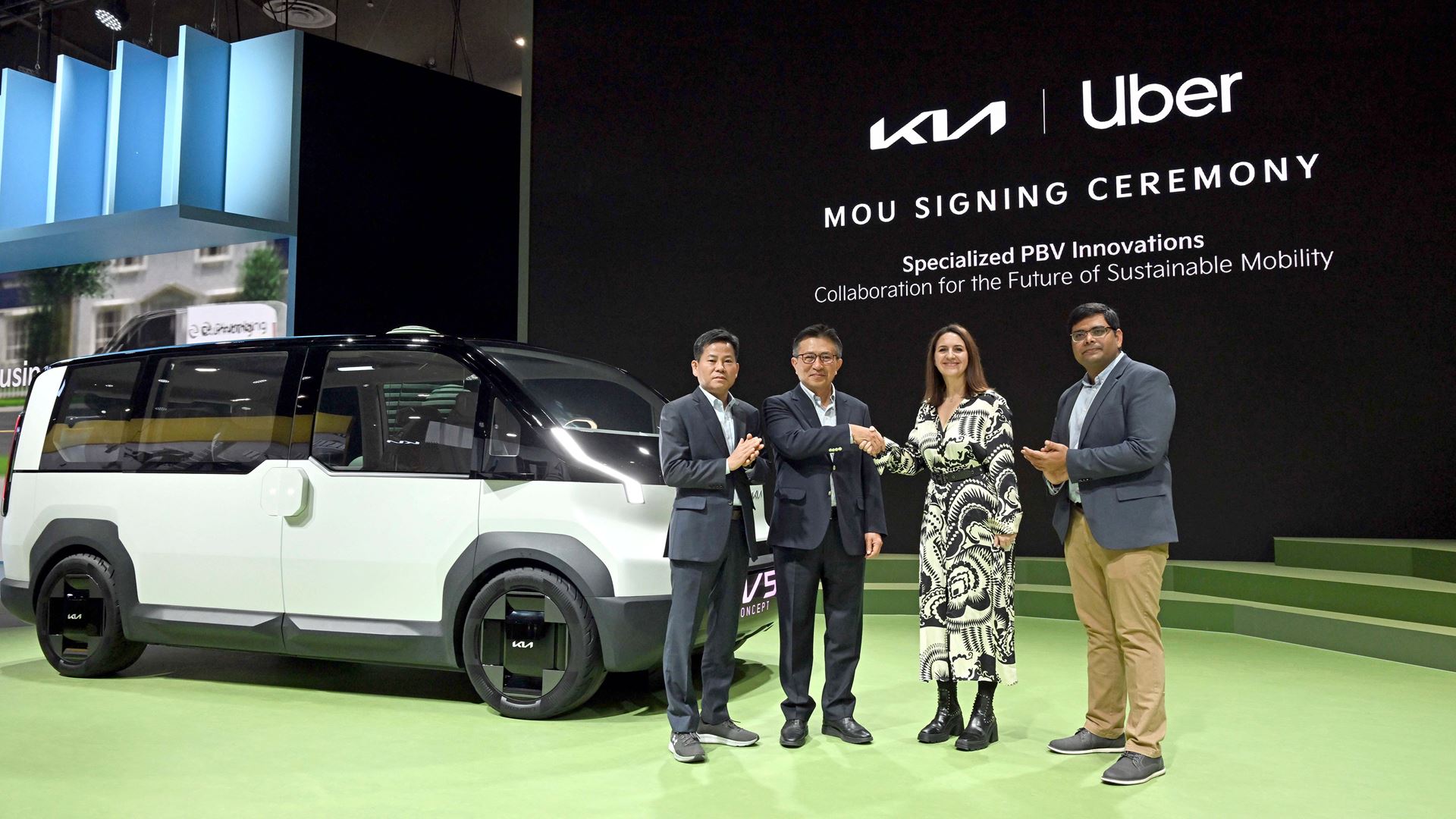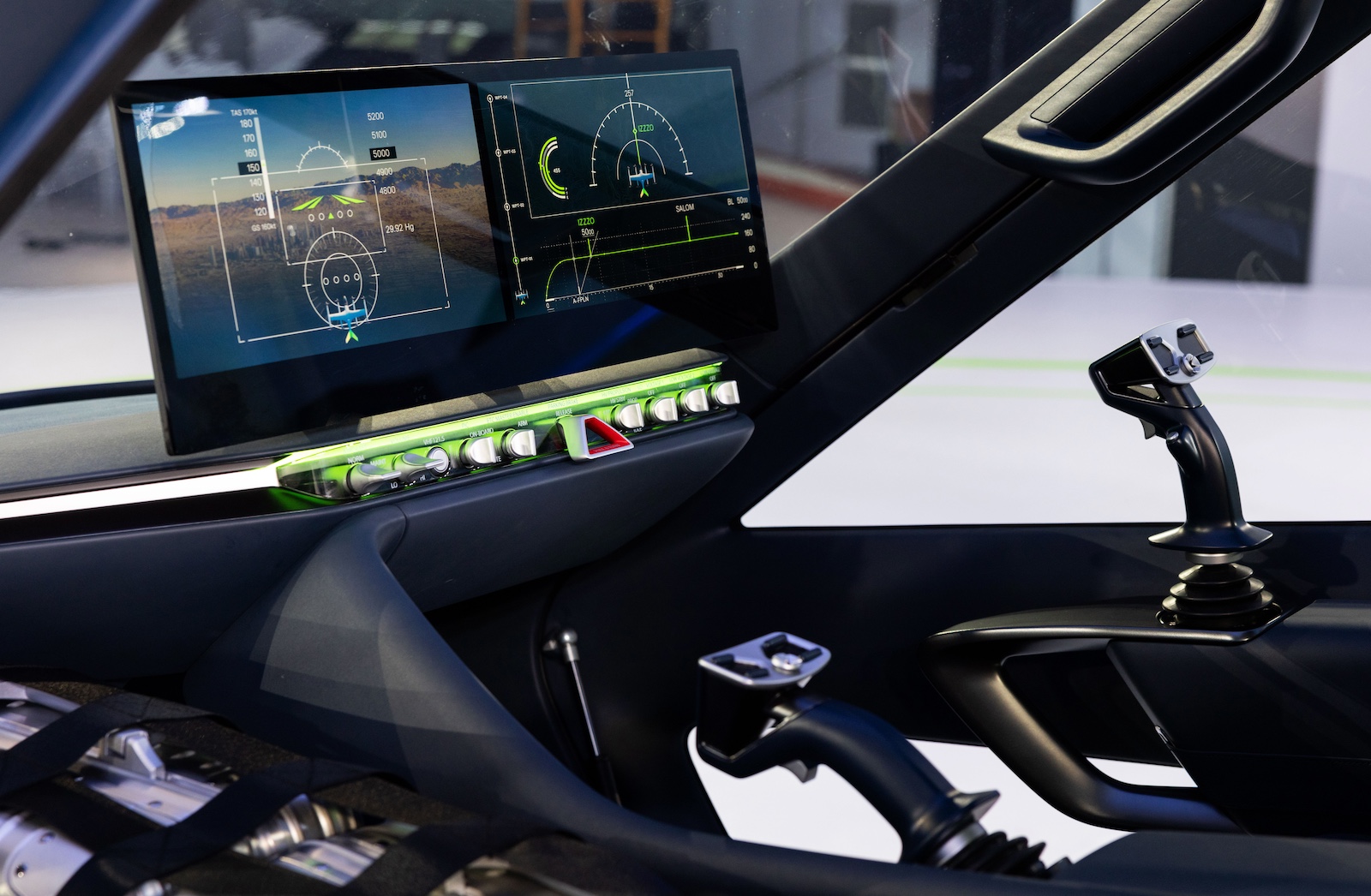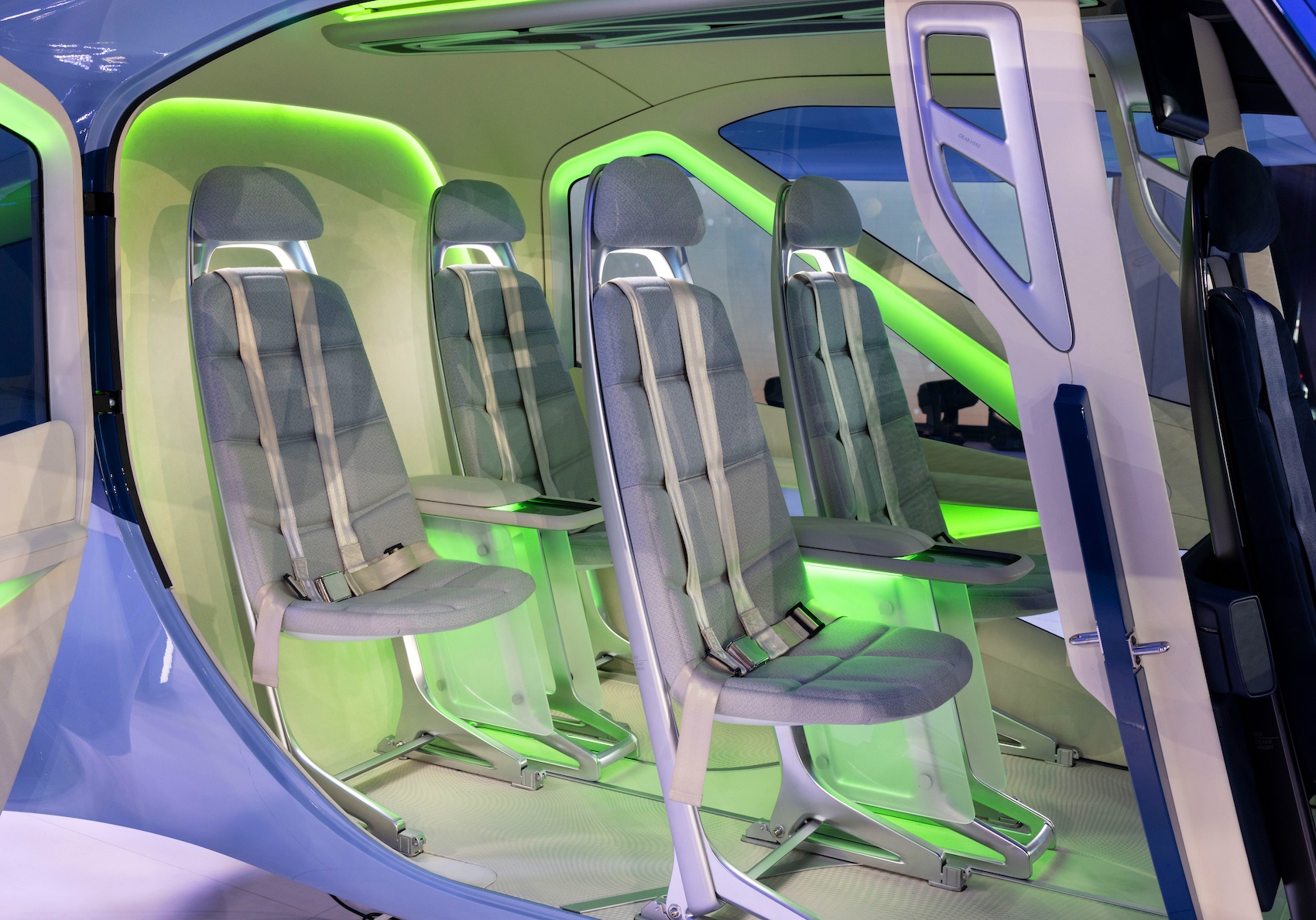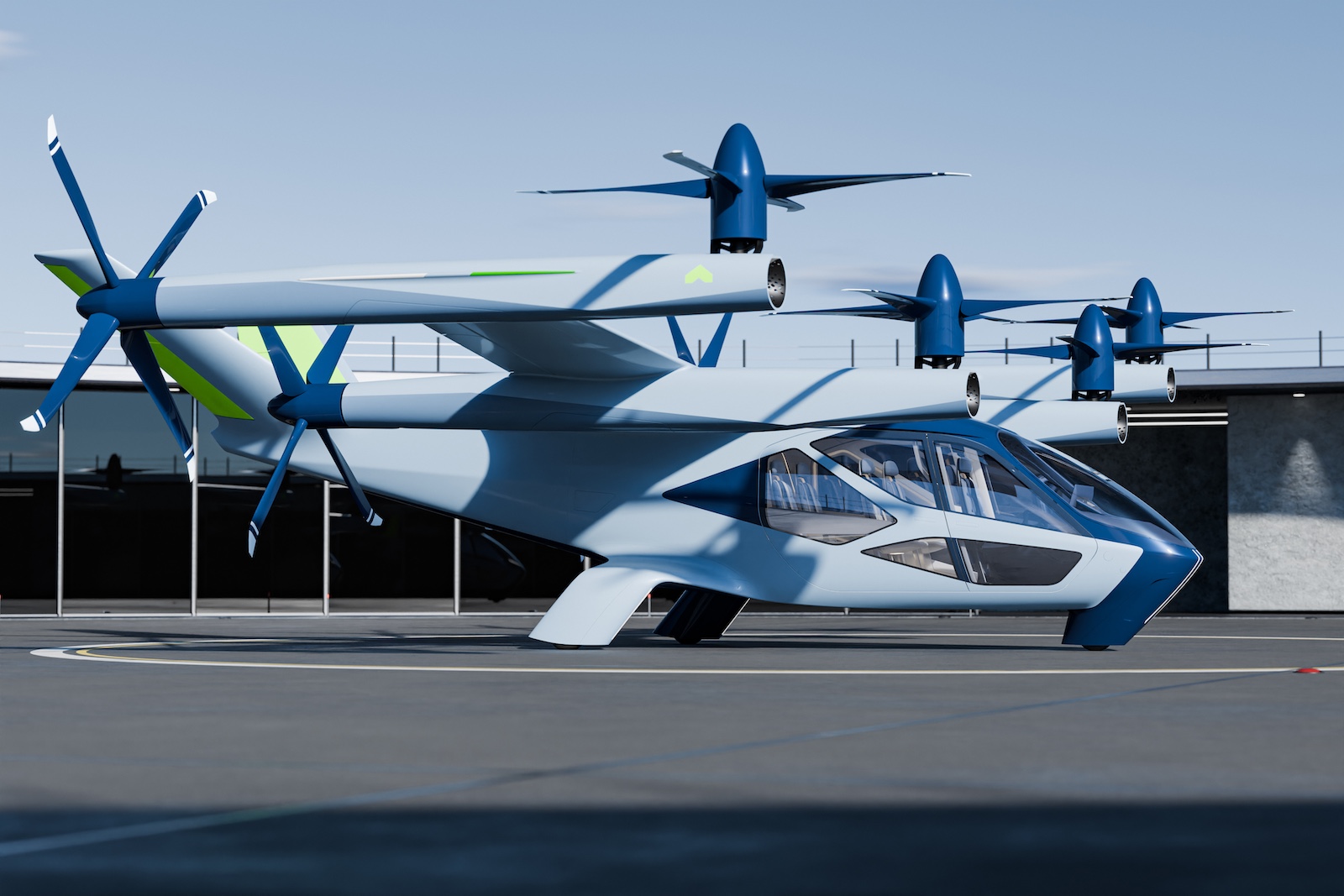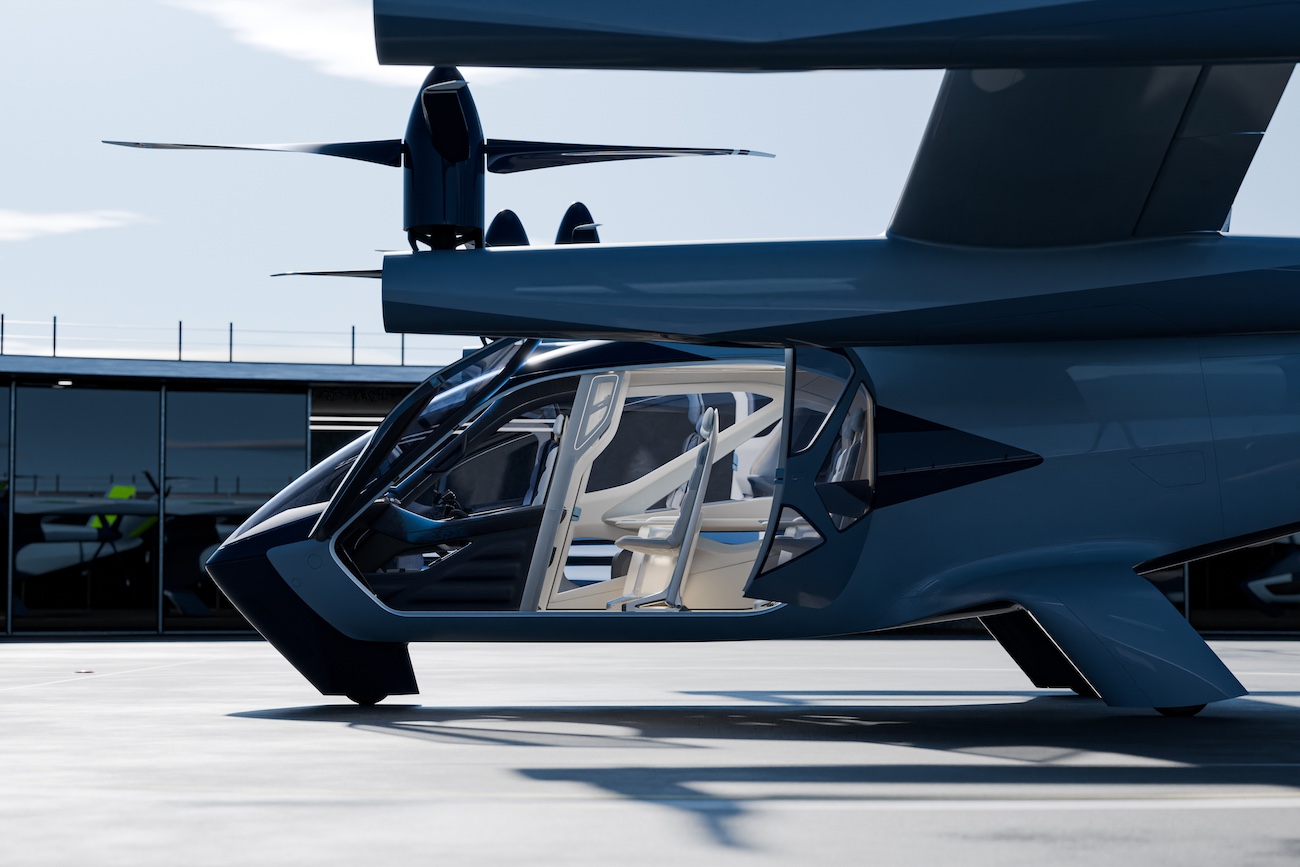Kia & Hyundai: Customizable EV Platform for Uber and eVTOL Aircraft | CES 2024
Kia came to CES 2024 with the goal of making a splash. Rather than just rolling out a new electric car or some AI software buzzwords, 5 years after it was last at CES, Kia came to this year’s show and introduced its Platform Beyond Vehicles lineup. Today, the company is following that up with the announcement that it has signed an MoU with Uber to offer its drivers PBVs tailored to their work. A little loftier than that, yesterday, Hyundai Motor Group cousin Supernal announced an electric vertical takeoff and landing (eVTOL) aircraft, the S-A2.
Kia + Uber
The Kia plus Uber partnership is potentially a big one. Having electric vehicles custom designed for Uber drivers could lead to better-optimized vehicles for taxi/”ridesharing” use. “With the goal of enhancing electric vehicle offerings available on Uber’s mobility platform and supporting the global ride hailing leader in achieving its 2040 zero-emission goal, the partnership will seek to produce Kia PBVs optimized for drivers and fleets as part of Kia’s ‘Platform Beyond Vehicle’ strategy in this field of the mobility market,” Kia writes.
Naturally, we’re just at the “we will customize vehicles for you” stage, so there’s nothing to see and there are no details to be examined. The vehicle in the pic above is just one of the example PBVs Kia rolled out for CES. “The intentions of the collaboration are for Kia to identify optimal specifications for PBV models, with the possible further integration of technology and services to benefit drivers and ride hailing users alike,” Kia writes. “The partnership’s goals also extend to the creation of proofs of concept, prototypes, and the production of PBVs tailored to the needs of drivers that use the Uber platform.”
“PBVs will play a key role in the transformation of mobility. This collaboration will enhance Kia’s PBV development, with optimized vehicles for drivers’ and users’ needs,” said Sangdae Kim, Head of PBV Division, Kia. “This will focus on advanced software and services, with the integration of interactive In-Vehicle Infotainment and advanced safety technology.”
There’s no clear indication of when the Kia vehicle will be ready and put into use.
Supernal eVTOL Jet
As for the sky-high aspirations of Supernal, Hyundai Motor Group’s Advanced Air Mobility (AAM) company, the S-A2 concept is a 5-person aircraft. It’s also the second version of a aircraft concept first unveiled at CES four years ago (S-A1). Is it ready for passengers? No, but maybe one day. The target from Supernal is 2028.
“From the beginning, Supernal has been on a mission to create the right product and the right market at the right time,” said Jaiwon Shin, president of Hyundai Motor Group and CEO of Supernal. “The unveiling of S-A2 demonstrates our unwavering commitment to deliver on that mission with a safe, efficient vehicle design that provides a clear path to market entry. By leveraging our talented 600-person team, the vast technical and business capabilities of Hyundai Motor Group and trusted aviation suppliers around the world, Supernal is ready to deliver a new era of flight.”
As conceptualized, here are some details for the future friend:
- 120 mph at 15,000 ft altitude.
- “65 dB in vertical take-off and landing phases and 45 dB while cruising horizontally” (as quiet as a dishwasher)
- 8 all-tilting rotors
“The vehicle is designed with a priority on safety and a focus on sustainability and passenger comfort. Engineered to achieve the global commercial aviation standard of safety, it has a robust airframe structure including redundant components in critical systems such as powertrain, flight controls and avionics. The all-tilting rotor configuration will power the vehicle through both the vertical-lift and horizontal-cruise phases of flight with unique efficiency. To maintain superior quality while also being cost-effective, the vehicle will be manufactured leveraging Hyundai’s mass production capability.”
That all sounds convincing, doesn’t it?
“As Supernal continues to optimize its vehicle for certification, mass production and expanded use cases, the Company is also focused on interior modularity and battery upgradability. This includes the ability to replace the battery module as technology advances.”
It’s hard to imagine the S-A2 reaching a cost-competitive level. But we shall see. It certainly looks cool.
Have a tip for CleanTechnica? Want to advertise? Want to suggest a guest for our CleanTech Talk podcast? Contact us here.
Latest CleanTechnica.TV Video

CleanTechnica uses affiliate links. See our policy here.


